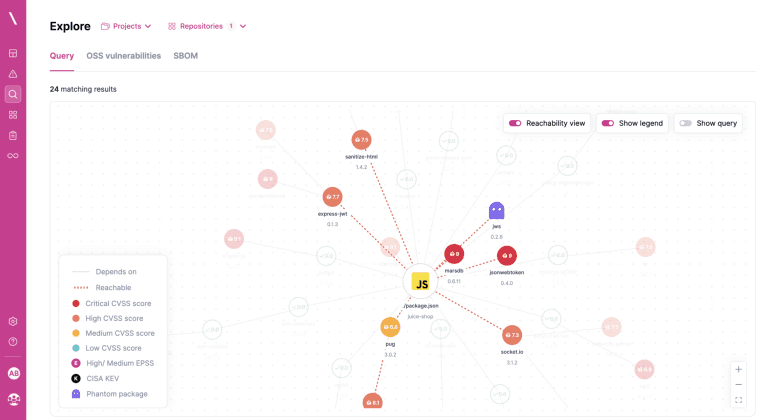- Backslash Security adds simulation capabilities for testing application upgrades without deployment.
- New feature enables DevSecOps teams to assess potential impacts of updates on their systems.
- Generative AI tools integrated for providing remediation guidance while protecting sensitive code.
- Fix Simulation feature helps evaluate minor and major updates before full deployment.
- Platform includes advanced tools for vulnerability prioritization and visual threat modeling.
- Streamlining DevSecOps workflows is essential due to increasing code volume driven by AI.
- Developers currently spend limited time on vulnerability remediation, leading to repeated issues.
Main AI News:
Backslash Security has significantly enhanced its application security platform by integrating new simulation capabilities and advanced generative AI tools. The latest addition allows users to simulate upgrades to higher versions of applications within the platform. This enables DevSecOps teams to evaluate potential impacts of these upgrades without deploying them, providing a proactive approach to application security.
Amit Bismut, the head of product at Backslash Security, underscored a frequent challenge faced by DevSecOps teams: updates to third-party packages or modules can introduce new vulnerabilities. The new Fix Simulation feature within Backslash’s software-as-a-service (SaaS) platform addresses this by allowing teams to test the impact of these updates in a controlled environment. This capability is particularly valuable in helping teams make informed decisions about whether to implement minor or major updates, thereby strengthening the security of their applications.
In addition to simulation capabilities, Backslash has incorporated large language models (LLMs) into its platform. These LLMs provide remediation guidance by analyzing metadata from application environments without exposing the actual code. This approach ensures that sensitive code remains secure while leveraging AI to generate attack path remediation recommendations.
The Backslash application security posture management (ASPM) platform is designed to identify and prioritize vulnerabilities based on their exploitability and reach. It provides a comprehensive view of threats by visually modeling them within the context of the application’s architecture, down to specific lines of code and the developers responsible. The platform includes a vulnerability exploitability exchange (VEX), software composition analysis (SCA) tools, static application security testing (SAST), secrets detection, and SBOM creation.
As the volume of code being written and deployed grows exponentially due to the rise of artificial intelligence (AI), streamlining DevSecOps workflows has become increasingly crucial. Despite this, developers typically spend only about 10% of their time addressing vulnerabilities, leading to a cycle of recurring cybersecurity issues. Effective utilization of this time is essential to prevent fatigue and repeated mistakes. With cybercriminals becoming more adept at exploiting known vulnerabilities, organizations must stay vigilant to avoid the repercussions of these security threats.
Conclusion:
Backslash Security’s latest enhancements to its DevSecOps platform represent a significant advancement in application security. The integration of simulation tools and generative AI addresses critical challenges faced by DevSecOps teams, such as evaluating the impact of updates and receiving remediation guidance without exposing code. These innovations are poised to improve the efficiency and effectiveness of security workflows, particularly as the volume of code grows due to AI advancements. This development highlights the need for continuous innovation in security tools to keep pace with evolving cyber threats and maintain robust protection against vulnerabilities.

